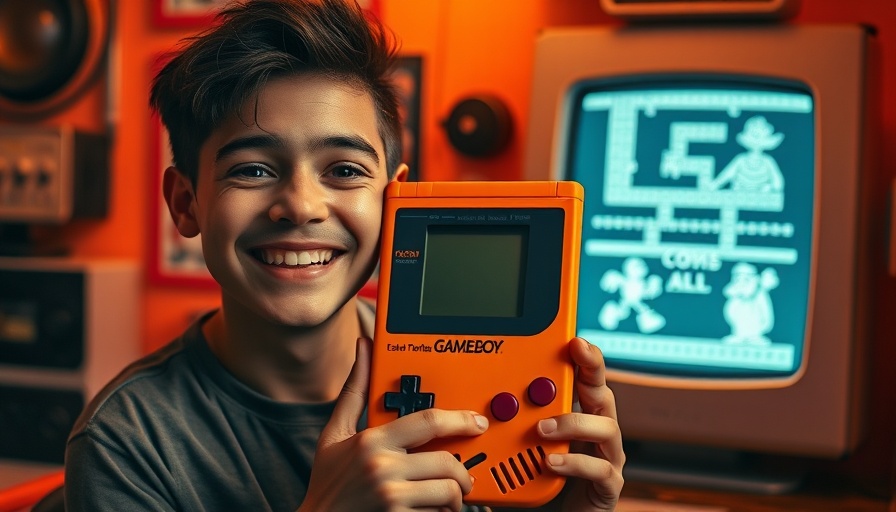
Claude 3.7: A Glimpse into AI's Learning Challenges
In an age where artificial intelligence is hailed as a revolutionary force in various sectors,
Claude 3.7 Sonnet’s attempts to beat Pokémon Red offer a humorous yet insightful window into the complexities AI faces while navigating even simple environments. Despite being one of the world’s advanced AI agents, Claude's struggle reflects inherent limitations in visual processing and situational awareness. While it's crafted to excel in comprehending textual missions like Pokémon battles, its interaction with the pixelated visuals consistently proves problematic.
The Nature of AI Learning
The ongoing livestream of “Claude Plays Pokémon” vividly illustrates the broad challenges in AI learning. Engineers report that despite Claude's ability to interpret text and network data from the game, it grapples not only with visual cues but also with the interpretative nuances expected from human players. For instance, navigating the obstacles like destructible trees and the maze-like Mt. Moon has turned into hours of trial and error.
As the AI attempts to figure out where it went wrong, it often illustrates a child-like confusion many might find relatable—a light-hearted reminder of how far AI still has to go before mimicking true human cognition.
Understanding the Limitations of Advanced AI
One key takeaway from Claude’s experience is its challenge with spatial awareness. The inability to interpret a simple building structure has prompted engineers to suggest Claude might perform better in more visually realistic environments. This highlights a significant gap in current AI technology, where visual interpretation plays a pivotal role in learning and problem-solving.
In this context, engineers at Anthropic are hopeful. The advancements from Claude 3.0 Sonnet to 3.7 show progress, and it’s vital for developers to understand both the strengths and weaknesses of a model like Claude to continue its evolution. This interaction with a beloved children’s game, revered by many, serves both as an engaging experiment and a stark reminder of the nuances involved in replicating human-like thinking through AI.
The Future of AI in Gaming and Beyond
As technology progresses, the lessons learned from Claude's quirky predicament may pave the way for future AI applications, not just in gaming but across various industries. With additional advancements in visual processing and contextual understanding, AI agents could eventually surpass present limitations, leading to more intuitive interfaces for users. What’s next? Perhaps an AI that not only plays but learns from its gaming experiences, morphing its flaws into strengths with every failure it overcomes.
 Add Row
Add Row  Add
Add 
 Add Element
Add Element 

Write A Comment